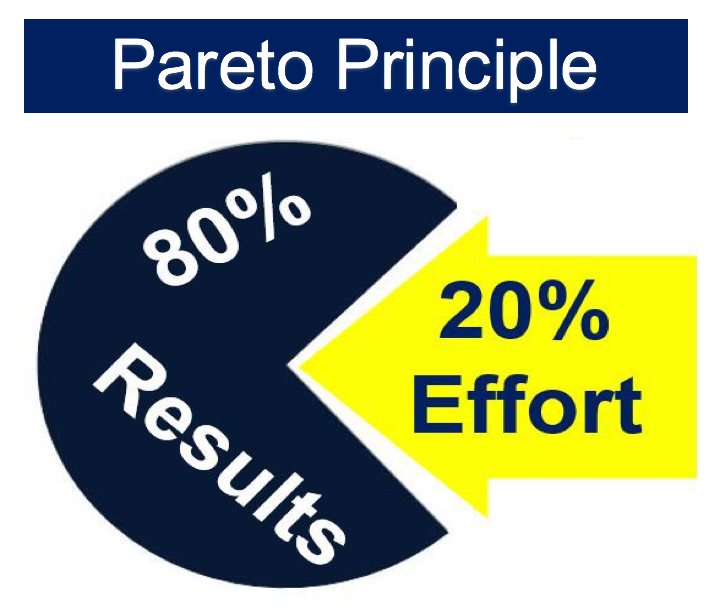Leverage the power of the 80/20 rule to optimize workflows and unlock hidden potential
Prof. Aécio D’Silva, Ph.D
AquaUniversity
Feeling overwhelmed by a never-ending workload? You’re not alone. In today’s fast-paced business environment, maximizing efficiency and employee performance is crucial. Enter the Pareto Principle, also known as the 80/20 rule, a powerful tool that helps you focus on the 20% of efforts that yield 80% of the results. Here’s how you can leverage this principle to empower your employees and boost their productivity.
Unlocking the Power of 80/20 Rule
The 80/20 rule suggests that a significant portion of any outcome (80%) is typically driven by a minority of causes (20%). Applying this principle to your workforce means identifying the 20% of activities that contribute most to success and strategically directing your resources toward them.
Prioritize with Precision
- Identify high-impact tasks: Collaborate with your team to identify the top 20% of tasks that deliver the most significant results for your company.
- Delegate effectively: Delegate lower-impact tasks to free up time for employees to focus on high-impact work.
- Automate repetitive processes: Explore automation tools to streamline routine tasks, freeing up valuable human resources for strategic activities.
Empower Your Top Performers
- Provide targeted development opportunities: Invest in training and mentorship programs to help your top performers hone their skills and reach their full potential.
- Offer recognition and rewards: Acknowledge and reward exemplary performance to motivate your top performers and maintain morale.
- Delegate challenging projects: Entrust complex projects to your top performers to utilize their expertise and foster their growth.
Nurture Continuous Improvement
- Encourage feedback: Foster a culture of open communication where employees feel comfortable providing feedback on processes and workflows.
- Analyze and adapt: Regularly evaluate your 20/80 ratio and adapt your approach based on ongoing analysis and employee feedback.
- Embrace experimentation: Encourage experimentation with new tools and approaches to continuously improve efficiency and performance.
Foster a Culture of Efficiency
- Lead by example: Demonstrate your own commitment to efficiency by prioritizing tasks and utilizing your time effectively.
- Set clear goals and expectations: Establish clear objectives and expectations for employees, emphasizing high-impact activities.
- Communicate transparently: Keep your team informed about the rationale behind your prioritization and resource allocation decisions.
In summary, by embracing the 80/20 rule, you can empower your employees to focus on the most impactful tasks, optimize workflows, and unlock hidden potential within your organization. Remember, the principle is not about working harder, but working smarter. By leveraging this valuable framework, you can create a more efficient and productive work environment for your entire team.
References:
- https://www.bankrate.com/finance/credit-cards/amex-application-rules/
- https://community.spiceworks.com/support/help-desk/docs/ticket-rules





